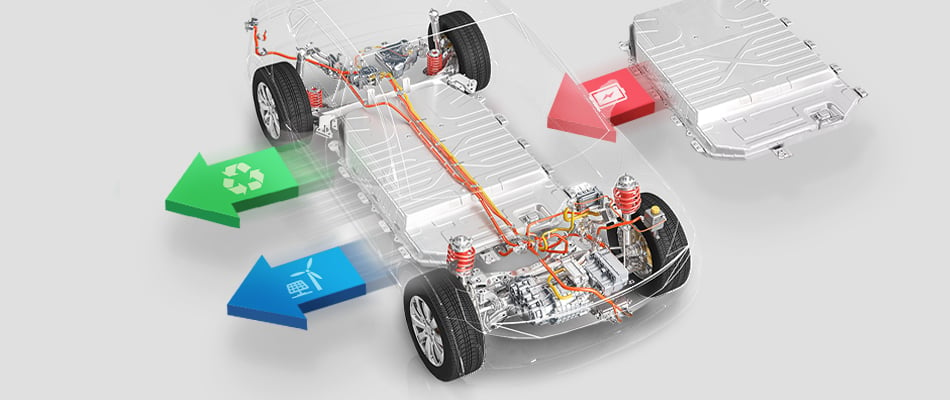Bidirectional Programmable DC Power Supplies Make Battery Testing Easier

In order to keep up with advanced battery technology, manufacturers and users need battery test systems that are flexible and responsive. Perhaps the most important feature of a battery test system is the ability to seamlessly switch between charging and discharging the battery under test. This capability makes the EA Elektro-Automatik PSB bidirectional programmable DC power supply series a perfect fit for advanced battery test.
Normally, a battery test system will include a programmable DC power supply and a programmable DC load. With these instruments, test engineers can control test parameters, such as the charge/discharge current, voltage and power. The Elektro-Automatik PSB series, however, provides the functionality of both the power supply and the electronic load in a single instrument. It has the controls and features of both a programmable DC power supply and electronic DC load. Using a single unit to charge and discharge the battery eliminates the need to move the battery around or use multiple relays to switch the battery under test between a power supply and electronic load.
Not only is the PSB Series bidirectional, meaning it can source (provide) and sink (absorb) current, it regenerates the current it sinks to the local power grid with up to 94% efficiency. So, in addition to minimizing test equipment space and investment, it saves on operating costs, too, by paying for itself.
Safety first
In addition to controlling the input and output parameters of a battery test, the battery test system must also ensure that the test runs safely. To do this, it must monitor battery and equipment parameters during the test, including battery polarity, battery temperature, battery voltage, and current to/from the battery.
Before connecting a battery to the test system, it’s important to check that it has been connected with the proper polarity. Figure 1 shows an example of how a test system might do this. If an operator connects a battery under test incorrectly, the safety contactor will not connect the battery to the power supply.

In addition to polarity, the test system should also monitor battery temperature. The battery manufacturer will be able to provide safe and unsafe battery temperature ranges that can be used to set battery temperature alarms within your battery test system. These alarms can be connected to the PSB Series power supply, and you can program the supply to turn itself off when it receives an alarm.
Like battery temperature, battery charge current and voltage need to be monitored closely to ensure that the battery is operating safely while under test. The PSB Series can measure both parameters, and you can set limits that will protect both the power supply and the battery. Should any of the limits be exceeded, the power supply will immediately shut itself off.
Contact our team for more information or to request a quote on EA 10000 Series power supplies or Electronic Load test equipment.


